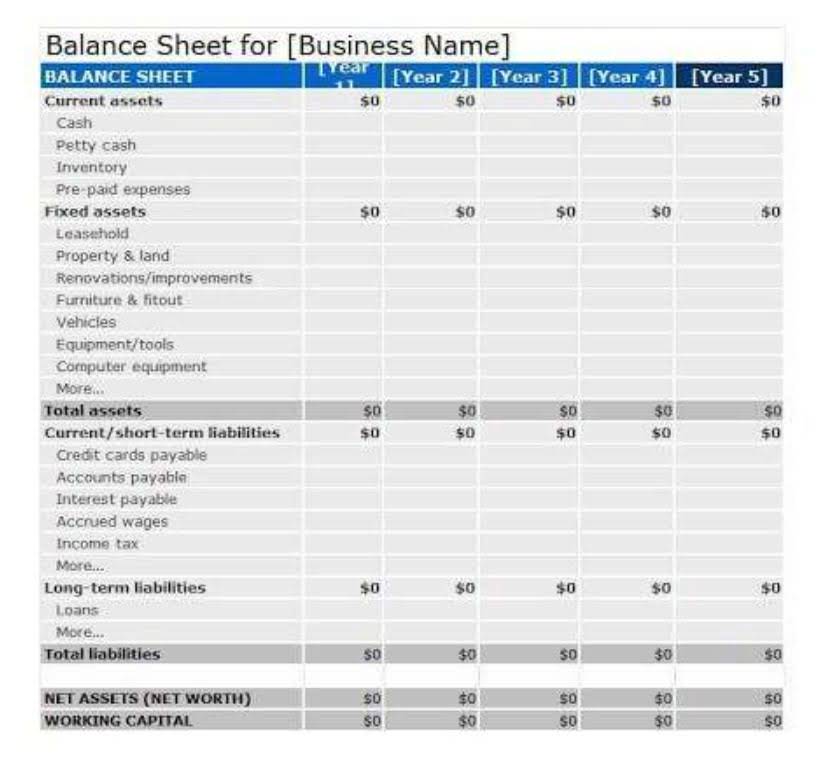90% Off Xero Promo Code, Coupons 5 Active March 2025
The Xero Early Plan is ideal for freelancers and small businesses needing basic accounting functions. It supports sending quotes, up to 20 invoices, and entering five bills monthly. This plan helps users easily manage simple financial tasks with features like bank reconciliation and receipt capturing. However, its limitations include a cap on invoices and bills, making it less suitable for rapidly scaling businesses.
Need expert help selecting the right tool?
This plan is ideal for businesses with complex accounting needs and international transactions. The Xero Growing Plan suits small to medium-sized business owners that require more advanced accounting capabilities. It offers unlimited invoices, bills, and bank transactions, which is beneficial for businesses with higher transaction volumes. This plan effectively supports financial management processes without the constraints of the Early plan.
Track and manage expenses with tools to capture receipts and create claims easily. The exclusive membership for founders, giving you access to over $3 million of discounts and perks. Information we provide is for general information and does not constitute financial advice.
Who is this Xero free trial great for?
Xero is one of the best cloud-based accounting software for small businesses and growing teams. Xero is generally considered to offer average pricing in the accounting software market. With three pricing tiers, it provides flexibility to cater to different business sizes and needs.
- Monitor profitability and time spent on individual projects with detailed tracking tools.
- The company’s two leading solutions, Sage Intacct and Sage X3, are analytics-enhanced versions of SMB finance and enterprise ERP, respectively.
- Payment will be taken on the date shown on your invoice using the payment details entered when you purchased your subscription.
- The new plans are available from 12 September 2024 and Starter, Standard and Premium plans will no longer be sold.
- Xero is a solid accounting software, but there are plenty of other options out there.
Dig into details on features, integrations, implementation services, and pricing models across your shortlist. Most accounting software uses monthly/annual subscriptions based on several users and modules. However, they provide a 30-day free trial for new users to explore the software before committing to a paid plan.
What resources can Xero provide?
(In some cases, Xero may have reactivated older codes, which may still work for discounts at xero.com/us/). Knoji is the largest database of Xero.com coupons and Xero discount codes online. The new plans are available from 1 July 2024 and Payroll Only, Starter, Standard and Premium plans will no longer be sold. In addition to offering exclusive promo discounts, you can delve into Xero’s features and functionalities without spending a penny for an entire month. Not-for-profit organizations and football clubs also receive a 25% discount on their chosen subscription plan. Once the discounted period ends, you’ll be charged Xero’s standard monthly rates.
Xero 90% off for 6 months (no free trial)
Drew currently works as the Financial Controller for Black & White Zebra, leading the finance department for the company. He received his undergraduate degree at the Ivey Business School in Canada and MBA from Oxford University. Before you begin your shopping spree, it’s important to consider Xero’s scalability and whether or not your chosen plan can grow with your company. Learn how we stay transparent, read our review methodology, and tell us about any tools we missed. Find apps for your charity or nonprofit organization at the Xero App Store. Monitor the flow of cash in and out of your nonprofit with a handy dashboard.
Once your Xero trial is finished, you can select the plan of your choice and Xero have various plans to suit all businesses and all budgets. Below you’ll see an outline of the different plans to give you an idea of the options you’ll have. During the free trial you’ll get access xero discounts to all of the features that Xero has to offer, allowing you to get an in-depth feel for the platform’s capabilities and features as well as the interface to see how easy it is to use. There’s no better way to test out whether software is right for you than by testing it out yourself, that’s why using a Xero free trial is so popular.
So, if you’ve considered using Xero for your small business accounting needs, now is your chance. The platform is also easy to use, affordable, accessible (available in 180 countries), and integrates with many of your favorite online tools and platforms. This offer is available for new Xero members and applies to Starter, Standard, Premium, and Ultimate plans.
The Starter plan allows users to send up to 20 invoices/quotes, enter 5 bills, reconcile bank transactions, and integrate with Hubdoc for easy document management. This Xero free trial is 30 days long, this is currently the longest free trial available, this gives you plenty of time to test it out and get a real feel for the platform. Yes you can cancel and close your account at any time during your trial, as you don’t enter payment details you can also let the trial just end after the 30 days and do nothing, you won’t be charged anything. If you’re looking for online accounting software then the Xero free trial is a great place to start, below you’ll find more information and step by step guide to this trial. Before diving in, it’s crucial to highlight that Xero’s pricing plans vary based on your location. Xero occasionally offers discounts or promotions, such as reduced rates for the first few months or special pricing for educational institutions and non-profits.
You can test the platform, features, how it works and see if it fits with your business needs without any financial commitment. Xero also offers multi-organization discounts (as long as you use the same email address to sign up). Xero’s new plans are designed to provide you with easier access to the tools to help run your business efficiently. The new plans are available from 12 September 2024 and Starter, Standard and Premium plans will no longer be sold.
Set up payment
Yes, you don’t need to wait till the end of the 30 day trial to upgrade you can do this at any time. So for example if you’ve tried it out for a week and feel it’s a good fit for your needs then you can go into your account and select a plan and upgrade there and then. This is the lowest priced plan giving you access to the core features of Xero including the ability to reconcile bank transactions, submit VAT returns to HMRC, enter up to 5 bills, send up to 20 invoices and more.
- And that is everything you need to know about Xero’s pricing structure!
- Businesses can set up user roles with permission levels, like Limited, Standard, or Administrator access.
- Security safeguards are included across all tiers, ensuring data protection for all businesses.
- This gives you a full experience and will put you in a better place when the trial comes to an end to select the plan that best fits your needs.
- This free trial for Xero is aimed at anyone looking for online accounting software, no matter if you’re a small, medium or large business.
- This trial is available to all countries in which Xero operates, this includes Australia, New Zealand, UK, US, Europe and many other countries.
However, it’s important to note that Xero does not provide refunds for unused portions of a billing period, so timing your cancellation appropriately is advisable. Xero offers flexibility in upgrading or downgrading plans as your business needs change. You can make adjustments through your account settings, ensuring that you have the right level of service for your current requirements. Learn more about how Xero accounting software works for your small business.
Costs may vary depending on the plan selected, the number of users, and any additional features or add-ons required. Xero integrates with payroll, payment processors, and third-party tools like Zapier, which adds flexibility. The interface is user-friendly, and security features like multi-factor authentication ensure data protection. However, larger enterprises or businesses needing industry-specific accounting features may require more specialized software.
Enter bills
Manage transactions in over 160 currencies with automatic exchange rate updates (available in the Premium plan). This trial is available to all countries in which Xero operates, this includes Australia, New Zealand, UK, US, Europe and many other countries. If you want to cancel your account after signing up you can do so but will be required to give 1 month notice. Customers should be aware that no refunds are offered on Xero software once it has been unlocked, so be sure to know what you want before committing. Let Xero take the guesswork out of choosing the right plan for your business in less that 2 minutes. I’ve been helping small and local businesses with digital activties over the last 7 years.
The basic plan typically starts around $5,000 annually for small businesses. Depending on the number of users and required features, Xero’s pricing can scale up to $20,000 per year or more for larger companies with more extensive accounting needs. Additional costs may apply for advanced reporting tools, premium add-ons, or custom solutions, affecting final pricing. It includes all of the Growing plan features, with added multi-currency support, advanced reporting, projects, and expenses tracking.
Get 25% off Xero and see how online accounting software can work wonders for your nonprofit or charity. The discount is available to registered not-for-profit organizations on a business pricing plan. FreshBooks provides software solutions to small enterprises, freelancers, solopreneurs, and organizations that depend on contractors. It provides many essential functions, such as QuickBooks, without tier-based restrictions and additional expenses. These features include tools for accounting, invoicing, time-tracking, payroll, and client contact.











